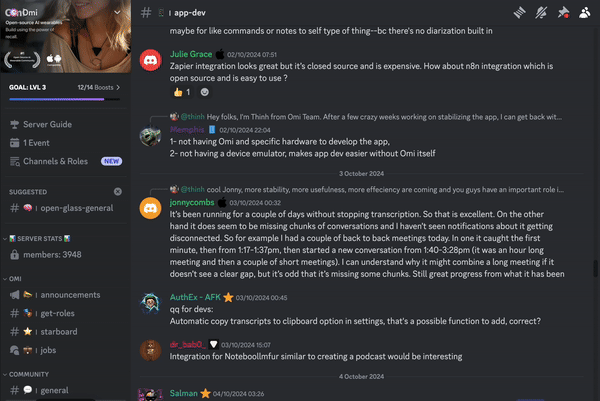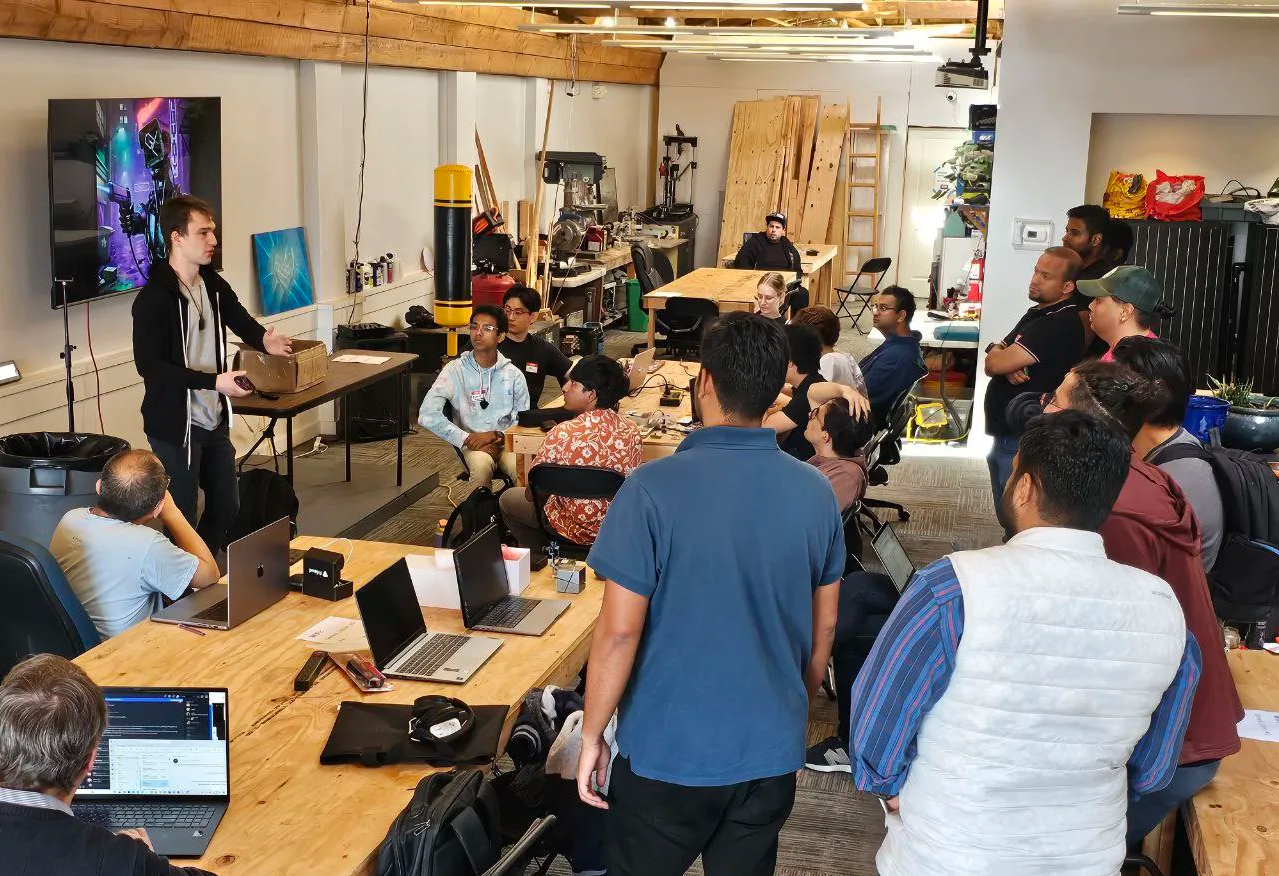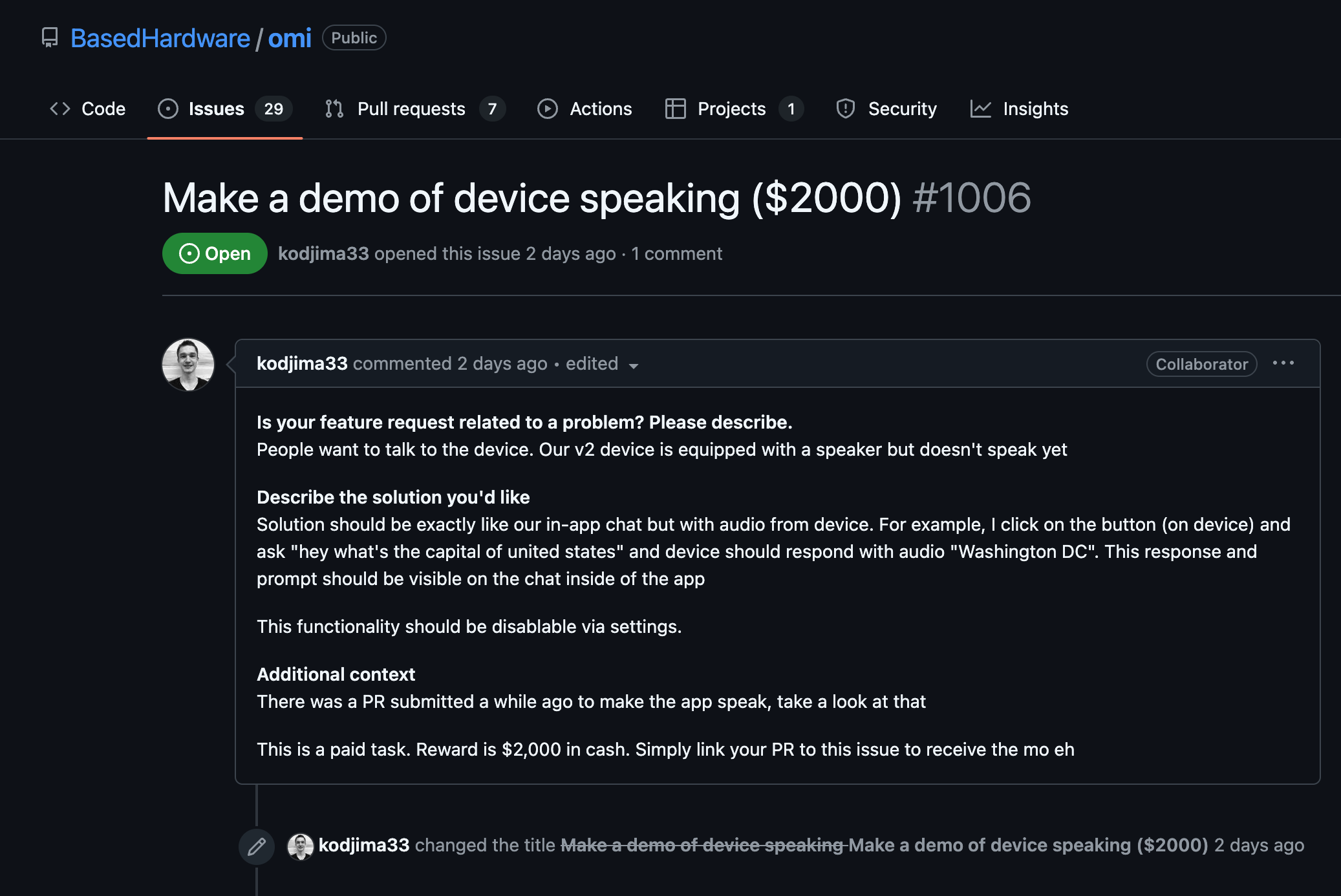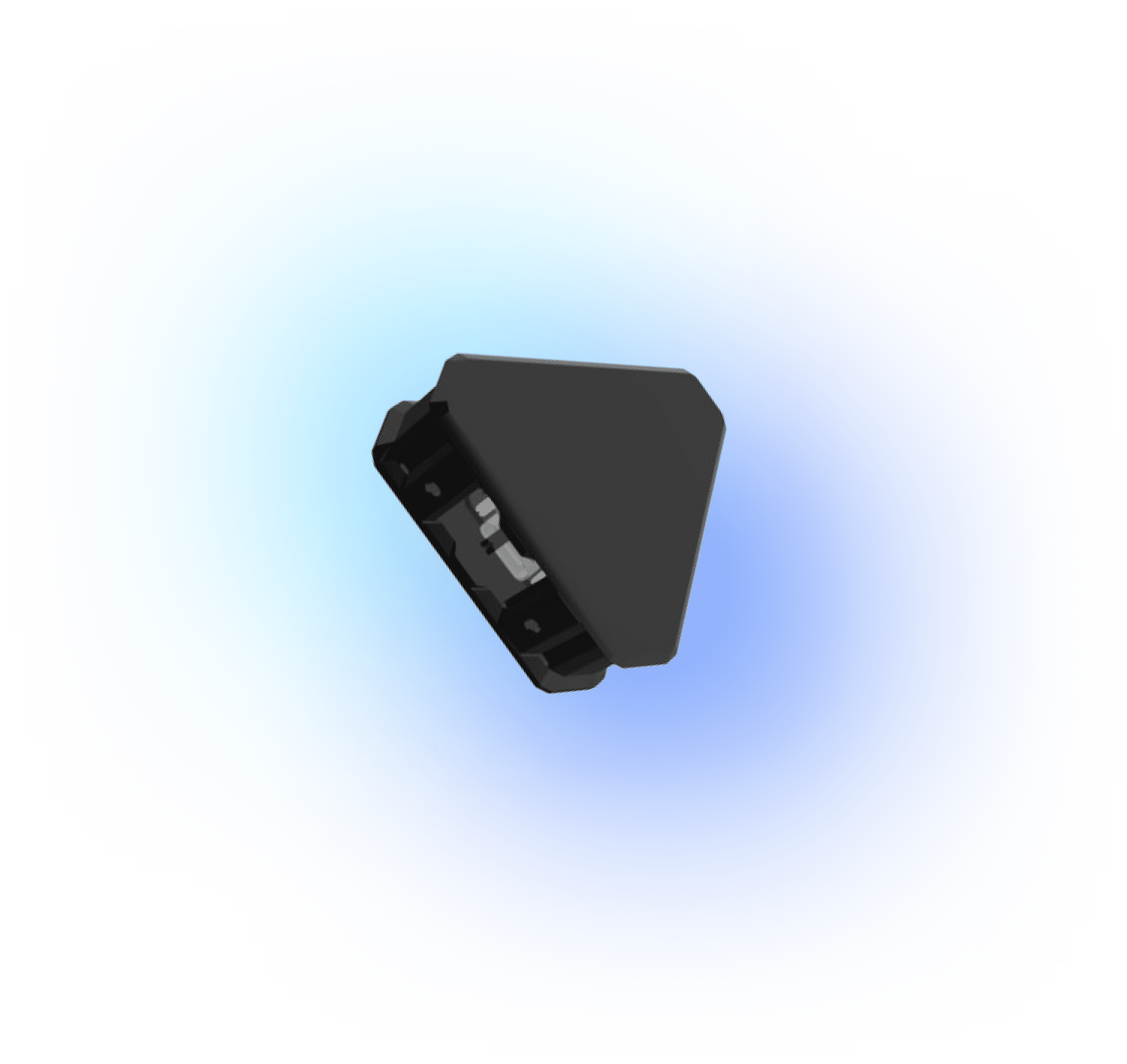Include the Necessary Libraries
- Ensure that your app-level `build.gradle` file includes the necessary dependencies for accessing Google Maps services. These libraries will enable map functionalities within your application.
- Add the `play-services-maps` and `play-services-location` libraries:
dependencies {
implementation 'com.google.android.gms:play-services-maps:18.0.2'
implementation 'com.google.android.gms:play-services-location:19.0.1'
}
Obtain an API Key
- Even though we're skipping account setup, having an API key is essential. Ensure you have your API key stored securely to allow access to Google Maps services.
- In your `AndroidManifest.xml`, include your API key:
<application>
<meta-data
android:name="com.google.android.geo.API_KEY"
android:value="YOUR_API_KEY_HERE"/>
</application>
Set Up Google Maps
- Create an `Activity` that will host the MapFragment or SupportMapFragment. This is where you will initialize the map view and manage its lifecycle.
- Ensure your layout contains a fragment element:
<fragment
android:id="@+id/map"
android:name="com.google.android.gms.maps.SupportMapFragment"
android:layout_width="match_parent"
android:layout_height="match_parent"/>
- In your activity, initialize the map by implementing `OnMapReadyCallback`:
public class MapsActivity extends FragmentActivity implements OnMapReadyCallback {
private GoogleMap mMap;
@Override
protected void onCreate(Bundle savedInstanceState) {
super.onCreate(savedInstanceState);
setContentView(R.layout.activity_maps);
SupportMapFragment mapFragment = (SupportMapFragment) getSupportFragmentManager()
.findFragmentById(R.id.map);
mapFragment.getMapAsync(this);
}
@Override
public void onMapReady(GoogleMap googleMap) {
mMap = googleMap;
// Add a marker or update the camera
}
}
Access Directions API
- To call the Directions API, you will need to construct a URL that adheres to the API's documented URL format. Utilizing the `HttpURLConnection` or a library like Retrofit for HTTP requests makes this process simpler.
- An example URL might look like this:
String url = "https://maps.googleapis.com/maps/api/directions/json?origin=Toronto&destination=Montreal&key=YOUR_API_KEY";
Perform the Network Request
- Use a networking library such as Retrofit or OkHttp to perform the HTTP request. This example uses OkHttp:
OkHttpClient client = new OkHttpClient();
Request request = new Request.Builder()
.url(url)
.build();
client.newCall(request).enqueue(new Callback() {
@Override
public void onFailure(Call call, IOException e) {
// Handle failure
}
@Override
public void onResponse(Call call, Response response) throws IOException {
if (response.isSuccessful()) {
// Parse the response
}
}
});
Parse Direction Responses
- Once you have the JSON response, you'll need to parse this data to extract route information. Using the Gson library simplifies JSON parsing:
Gson gson = new Gson();
DirectionsResponse directionsResponse = gson.fromJson(response.body().string(), DirectionsResponse.class);
Handle Directions in your App
- Utilize the parsed data to render routes on the map or display directions to the user. You can draw polylines for the routes on the map using the Polyline API:
List<LatLng> path = new ArrayList();
for (int i = 0; i < directionsResponse.routes[0].legs[0].steps.length; i++) {
LatLng position = new LatLng(directionsResponse.routes[0].legs[0].steps[i].end_location.lat,
directionsResponse.routes[0].legs[0].steps[i].end_location.lng);
path.add(position);
}
mMap.addPolyline(new PolylineOptions().addAll(path).color(Color.BLUE));
- Make sure to handle permissions and error scenarios effectively to ensure robust application behavior.
























